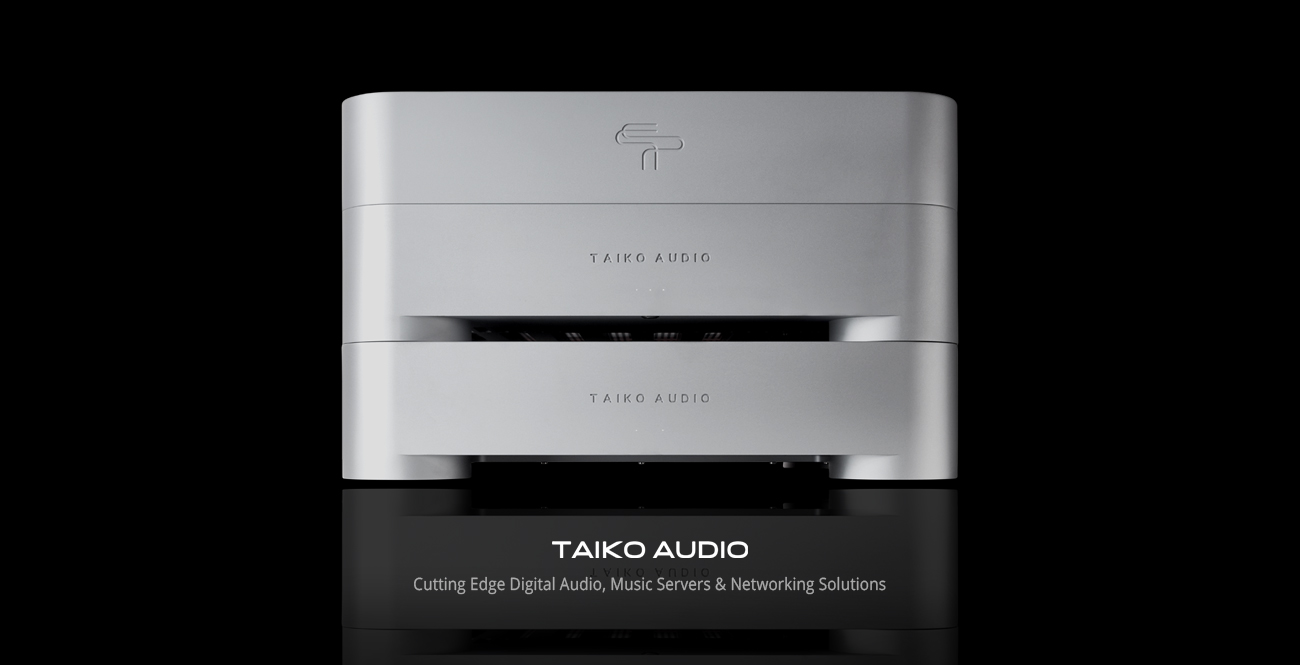Or your 50,000 cents?I hired professional movers. Last week, FedEx delivered my Olympus on a pallet jack up my steep driveway and just into my attached garage. I made sure I met the driver in the street and made sure we agreed on a plan for getting it into my house. FedEx's delivery communications were good so I was able to be ready on the day of delivery. Realistically, that was the most I could hope for from a single FedEx driver in Seattle -- they were not going to struggle to carry the thing up stairs.
As an aside, I will say that the shipment arrived astonishingly quickly once it was picked up by FedEx at the Dangerous Goods location in the Netherlands. To wit, it was picked up on a Tuesday afternoon in the Netherlands. It was delivered to my house on the following Thursday afternoon. One stop in Memphis, then direct to Seattle and on the delivery truck the same morning.
I will also say that the Olympus sat in Dangerous Good for a really, really long time. My Olympus was completely assembled the last week in April. On or around April 30, it was sent to Dangerous Goods. I would have been ready to accept delivery in early May. Then I was out of town for two weeks and I asked Taiko to put a hold on delivery. I was again ready to accept delivery as of May 21. But it continued to sit at DG for almost another two weeks. Both Julien and Vassil explained that Taiko has no control over when a shipment leaves Dangerous Goods. They also explained that DG has been backed up due to a large volume of shipments (tariffs largely to blame), large shippers getting higher priority, a move to a different DG warehouse in May, and several national Dutch holidays. All in all, a perfect storm. Hopefully things are already smoother for folks who are still waiting.
Getting back to the actual delivery in Seattle, the professional movers I hired (two really strong Samoan guys) arrived the same day that the Olympus was delivered. They undid the shrink wrap on the flight case, moved the case off the pallet and then carried the flight case (by hand) down my steep driveway, up a steep sidewalk (we live on a very steep hill), up a full flight of stairs and then up another half flight of stairs to my front door.
That door opens into our living room, which is also the listening room. After placing the flight case on a rug, I opened it. One guy then very carefully lifted the 130 pound Olympus to a location just in front of my Finite Elemente Pagode rack (I had moved out my speakers to clear a pathway in front of the rack).
Then the two guys carefully lifted and placed the Olympus on my bottom shelf, only touching the bottom of the machine (they had kindly volunteered to wash their hands in advance of the operation). I supervised while they made very small movements to get the Olympus precisely centered on the bottom rack. I do not expect I'll be moving it for many years unless I were to try after market footers, in which case I'll probably use an air bladder to lift the machine while inserting footers one by one (air bladders are very cheap and very effective for this sort of job). The whole thing took about half an hour.
Hiring professional movers was expensive, around $500 USD including 10.5% local tax and a nice tip for the movers. Moving companies typically have a minimum charge; in this case they charted $70 an hour per mover and a three-hour minimum. That's just the going rate in Seattle for professional movers doing a single-item move. They also had to drive from their last move location, which was a good 40 minutes away.
For me, it was worth it both for the convenience and peace of mind. I could have attempted to recruit friends, risking their health and my health. I could have used an internet handyman service like TaskRabbit but I have serious doubts about the quality of the "product." I could have bought a hydraulic lift like Ray suggested above, but that would not have solved the problem of going up and down stairs and steep slopes. Nor would it have solved the problem of moving the Olympus from the shelf on the lift to the bottom shelf on my rack. Considering the cost of the Olympus and the need to take precautions to ensure a safe move (for my house, the Olympus, and myself), $500 seems reasonable.
Just my two cents.
Nice write up and summary of the logistics!
Congratulations to you!!! Mine is sitting at DG right now.


